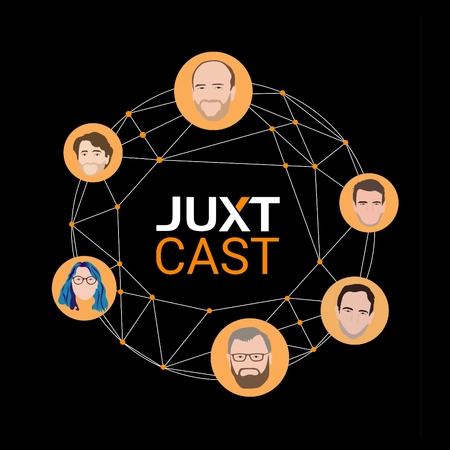Clojure is a great language for building systems. One of the reasons Clojure isn’t more well known is that it can be difficult and time-consuming for programmers to set up their own development environment where they experience just how effective the language can be.
Back in 2016, I wrote about our Edge project, which is designed to help make it easier for people to started with their own Clojure projects.
Over the past couple of years we’ve heard of a number of project teams that have successfully used Edge as the base-camp for their ascent of new unclimbed peaks. All the while we’ve been refining Edge, making gradual improvements to keep it up-to-date. So now let me update you on what is in Edge master today.
Fast feedback
Clojure is a Lisp, and one of the key benefits of this family of programming languages is they are designed from the ground up to support live programming, making incremental improvements to running software. This makes for a hugely productivity workflow.
We’ve kept the reloaded workflow of hot-loading updated code when
triggered with an explicit reset, powered by the
clojure.tools.namespace library which automatically detects and
reloads your code changes. But we’ve also extended this into the realm
of web apps, with hot-loading of changes to HTML, CSS and ClojureScript.
This is all thanks to one of our newer projects, kick, which provides an
embeddable and extensible build process inside apps. More about kick
below.
Modular architecture
We’ve retained the system-oriented component design, but made the decision to switch out Stuart Sierra’s component library for James Reeves’ Integrant replacement. We think Integrant is the best way of defining, and configuring, the modular architecture we’ve gone for in Edge.
Talking of configuration, we’ve retained the approach of a single configuration file which supports multiple different environments, using our Aero configuration library, but with seamless integration with Integrant.
Adoption of tools.deps
Edge originally used Leiningen to launch itself, but we eventually moved
to boot. Now we’ve changed again, this time to Clojure’s
officially-supported
tools.deps.
Edge is designed to be easy to modify, by using open architectural
principles and well understood idioms battle-tested by us and our
colleagues in the professional Clojure community on countless projects.
Yet our decision to adopt tools.deps has enabled further modularity,
allowing us to break Edge into numerous modules each with their own
dependencies. This has the added benefit of looser coupling between the
Edge infrastructure and the applications built upon it, making it easier
to upgrade one independently of the other.
Deployment
We’ve got some really exciting news to report about deploying Edge. We’ve added an integration with our pack tool, for building uberjars which are ready-to-go and runnable wherever you have a Java runtime.
But we’ve also built in support for running Edge in a raw unpacked mode, much like you run Edge when you’re developing. This means you still get advanced optimized ClojureScript and CSS, but with a unique ability to update the application while it’s running, with minimal downtime. This is how we’ve been running smaller projects such as our own juxt.pro website.
How does this work? Well, we believe “builds are just programs” and we’ve long suspected Clojure is the best programming language for writing them. Inside Edge we have some cool tech we call kick, which can be used both at compile time when creating runnable uberjars and at runtime, for the system to build and rebuild itself whenever necessary.
Developer experience
As well as improved documentation, we’ve worked hard on the overall developer experience, or DX. We’ve added more help at the command line, adding integration with Bruce Hauman’s rebel-readline project and adding colors.
We’ve created scripts to generate new Edge modules (which can be developed as individual projects such as micro-services within your Edge fork), and started to create a series of example modules to demonstrate various features of our stack, such as REST APIs, GraphQL, re-frame, Datomic, time-processing, cloud deployments and much more.
Demo
Here’s a quick 3½ minute demo that should give you a good impression of where we are with Edge and how you can get started with it today.
More to come
I’m really excited about the direction Edge is taking. Watch this space, there’s more to come soon!






